Parking is very limited here but we found a spot for our little Mini Cooper in the lot at Verkamp's Visitor Center. Pick up a brochure with a self-guided walking tour of this area.
Santa Fe Railway Station: In 1901 the railroad arrived at the South Rim providing an affordable and comfortable way to reach the Grand Canyon (replacing a costly and lengthy stagecoach ride). Designed by architect Francis Wilson, this depot was built in 1909. Historic photographs can be seen in the waiting area. The steam-powered trains to the South Rim in the early 1900s turned the area into a bustling village.
Interior.
Steam engine.
El Tovar Hotel: Borrowing styles from Swiss chalets and Norwegian villas, architect Charles Whittlesey designed the hotel. It was completed in 1905 at a cost of $250,000 and had every "modern" convenience of the time. Many considered it the most luxurious hotel west of the Mississippi River. The interior is adorned with large paintings of the canyon and moose, deer, and buffalo heads.
Lobby.
Porch.
Exterior.
Hopi House:
In sharp architectural contrast to El Tovar, the Hopi House was designed by famed architect Mary Colter (she also designed the Desert View Watchtower). This was her first building and it was completed in 1905. It is a red-sandstone, multi-story gift shop with a wide array of Native America art and jewelry.
Be sure to check out gallery of beautiful Native American items on the second floor. Baskets.
Pottery.
Carvings.
Navajo rugs.
Verkamp's Visitor Center:
John G. Verkamp opened the original Verkamp's Curios in 1898 in a tent selling Native American crafts and curios to the visitors to the Grand Canyon. Because of the limited tourist trade at the time, he closed up shop but returned in 1906 due to the increased in tourism after the arrival of the train. The family continued the business for over 100 years (until 2008) when the National Park Service purchased the contract. It was converted into a visitor center, pioneer history museum and store. The interior still features the original fireplace, hardwood floors, and dark-paneled walls.
Timeline on floor.
This petrified wood from the area of the Painted Desert (east of the Grand Canyon) was on display in front of Verkamp's. I continue to be fascinated by the petrification process so had to include a photo this!
Bright Angel Lodge:
Designed by architect, Mary Colter, the lodge was built in1935 to provide moderately priced accommodations at the South Rim. It was built on the former site of the Bright Angel Hotel and Camp (cabins and tents originally erected by James Thurber in the 1890s). Lobby.
Off of the lobby is the History Room. We loved the exhibits about Fred Harvey (and his company) and Mary Colter.
Stage Coach.
The fireplace designed by Mary Colter represents (literally) the rock layers of the Grand Canyon.
Binoculars used by tourists at the Lookout.
The Fred Harvey Company built and managed the lodging and restaurant services from the 1880s to the 1950s. More than 1,000 young women were hired during those years as waitresses. Here is the uniform they wore.
There are many lovely cabins at the Bright Angel Lodge, some with canyon views.
Bucky's Cabin.
Here is the history of this structure.
Lookout Studio: This building was also designed by Mary Colter and is built of Kaibab Formation limestone enabling it to blend into the environment. Like the Hopi House, Lookout Studio was designed to imitate the dwellings of the ancestral Puebloan tribes of the Southwest.
View from balcony.
Kolb Studio.
Arriving at the Grand Canyon in 1902, brothers Ellsworth and Emery Kolb built their home and studio near the Bright Angel Trail. They became famous for their photographs of visitors to the canyon on mule rides, hiking, and exploring the Colorado River. Today there is a book store and art work displayed here.
As history lovers, we really enjoyed the self-guided tour of the historic district. We have devoted most of our time to the awesome beauty of the Canyon, but this was a fun experience as well.
Admission to the Grand Canyon National Park is $25/vehicle for a 7-day pass. John's senior pass gets us in for free (what a deal!)
Website: www.nps.gov/grca

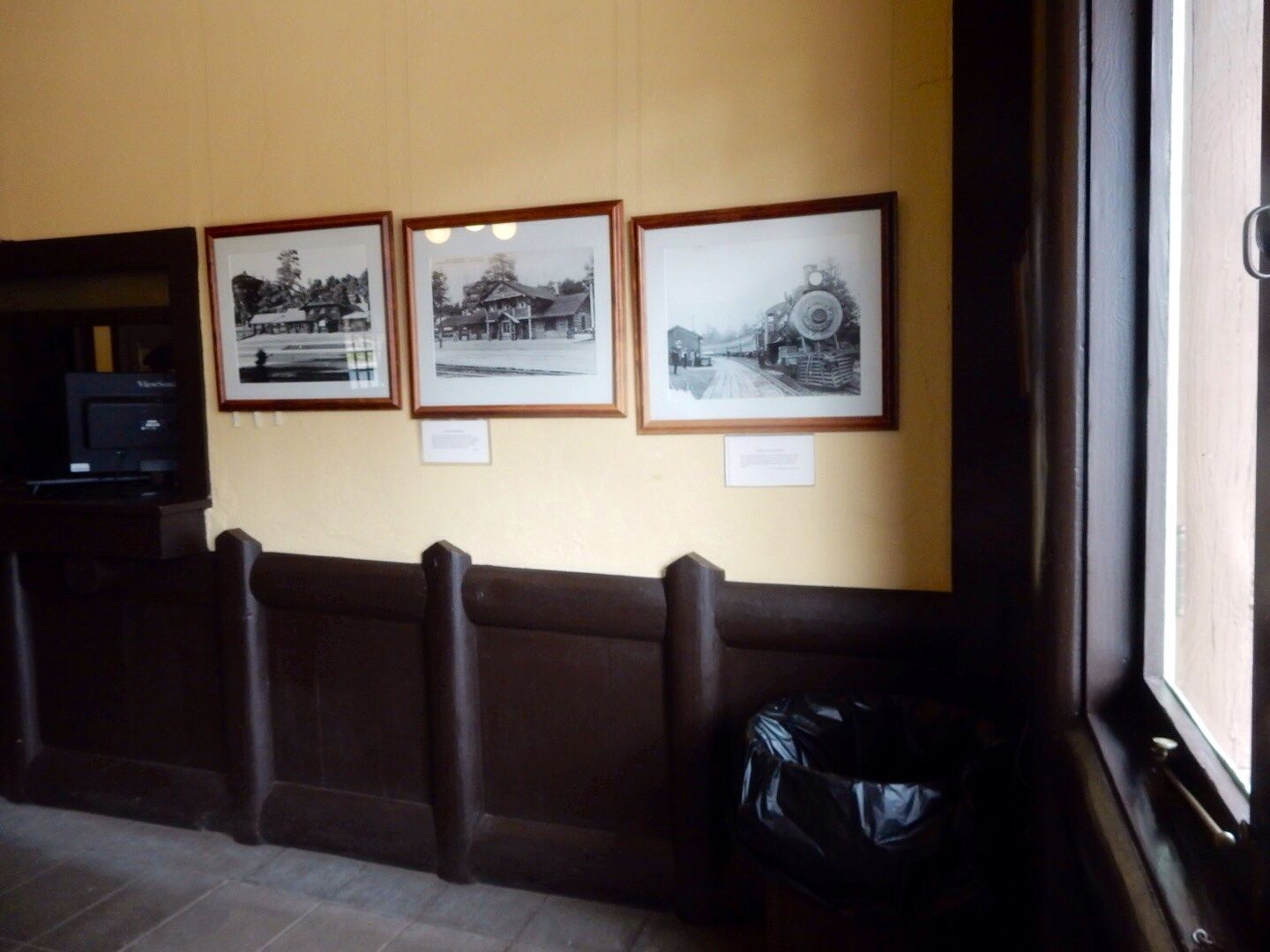
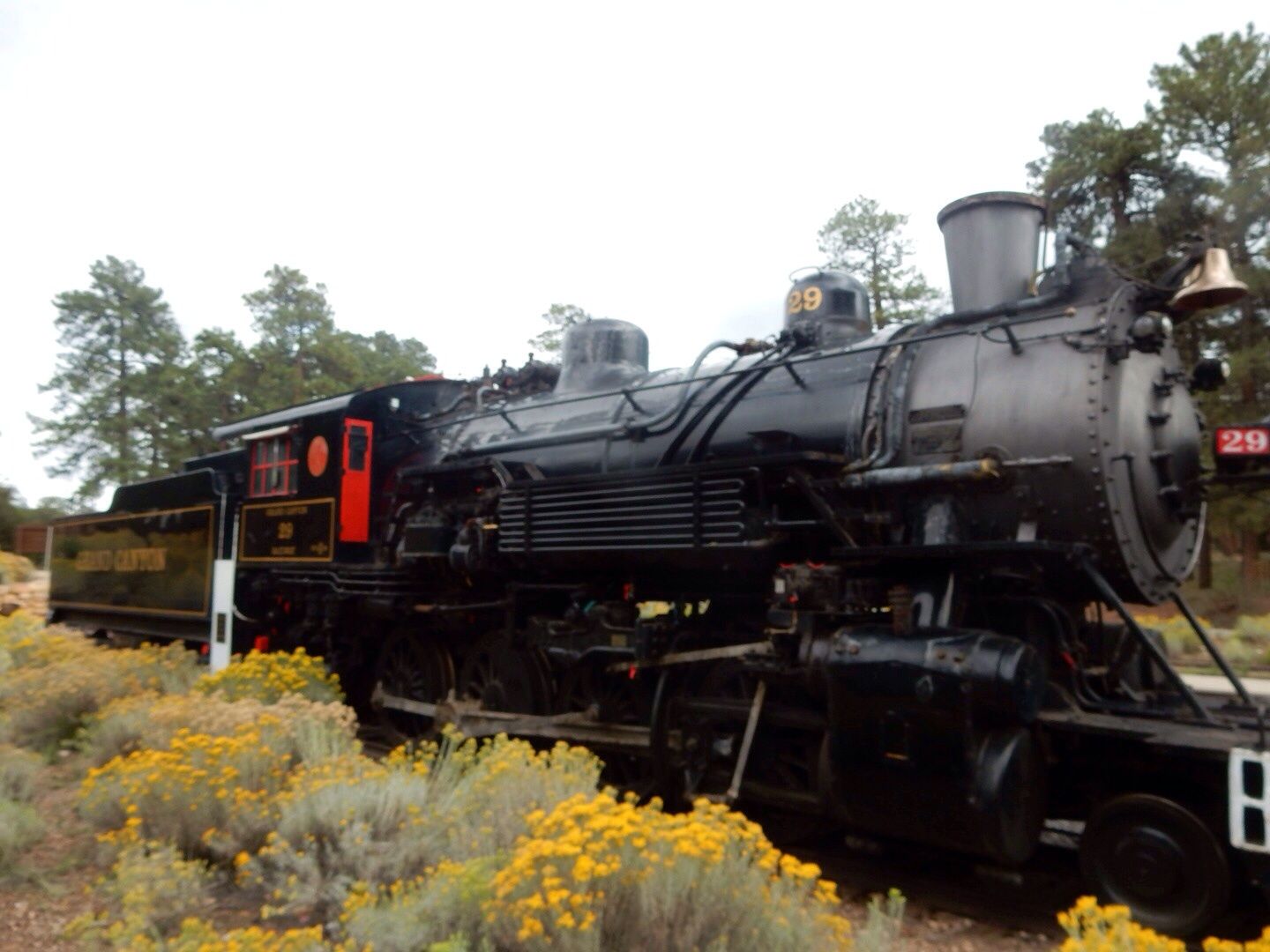
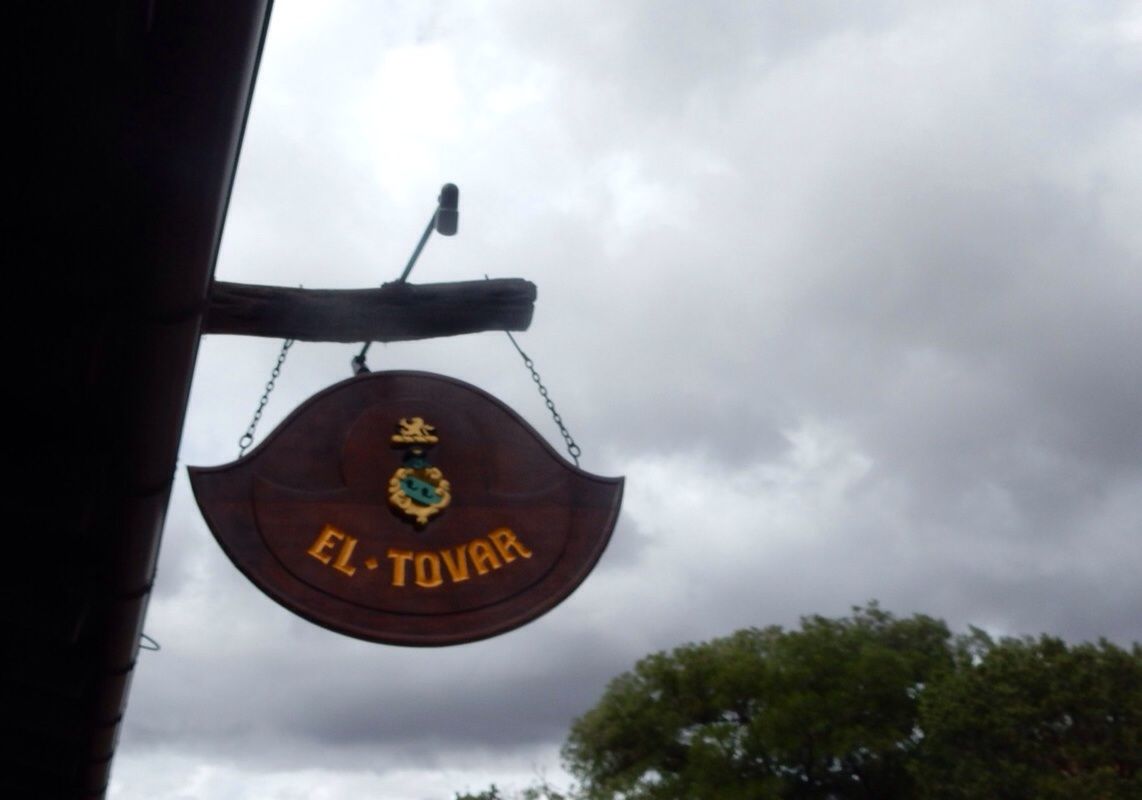

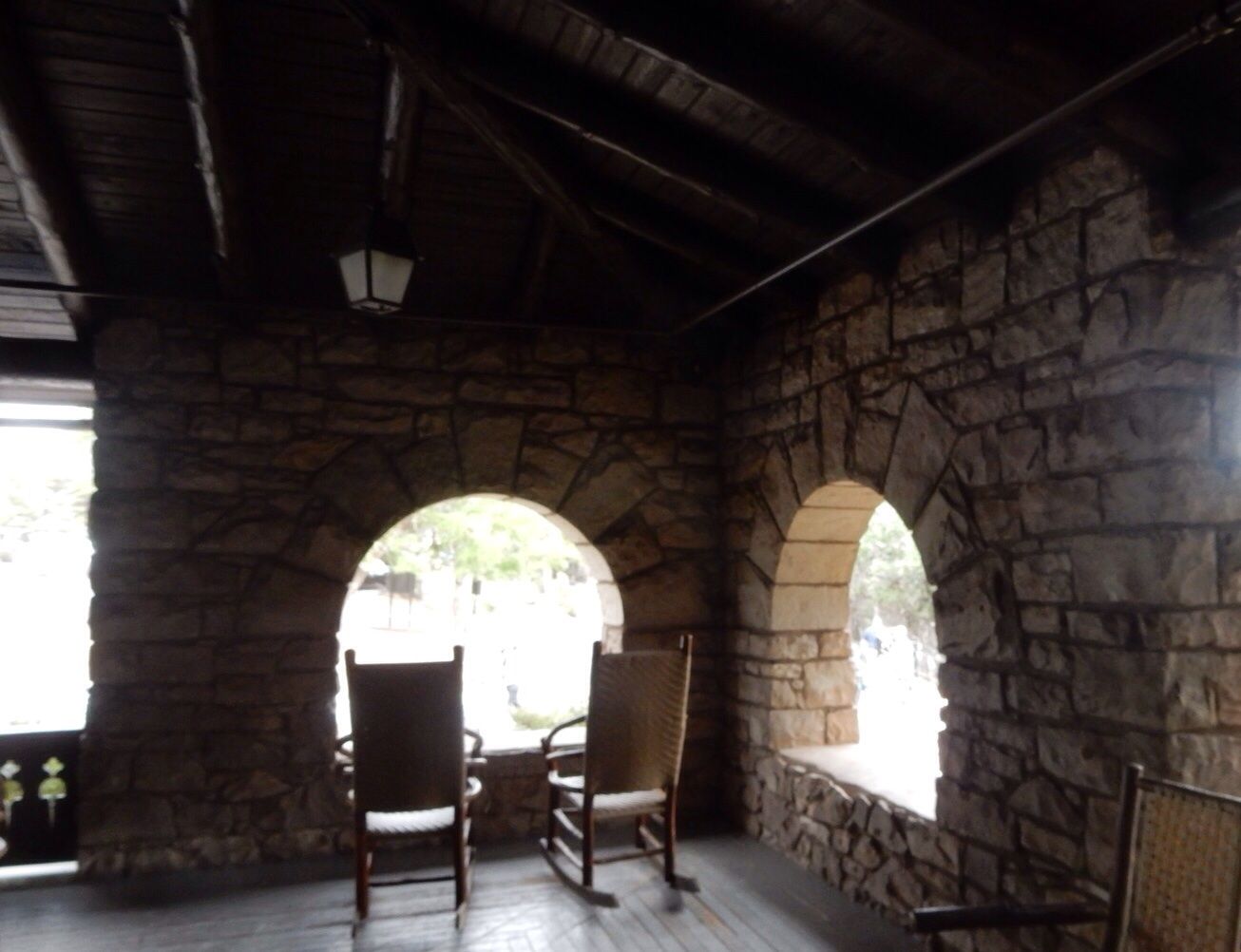
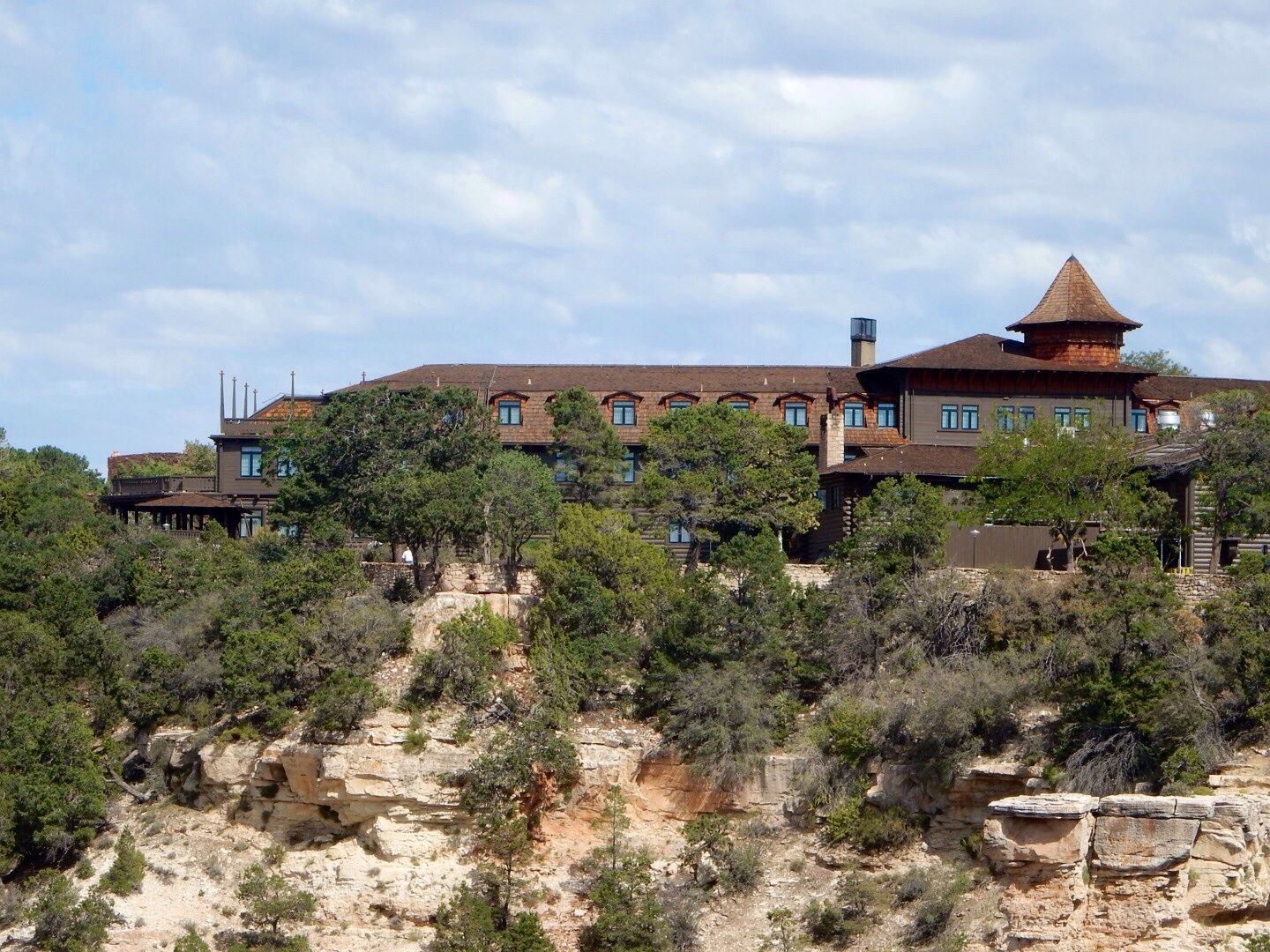

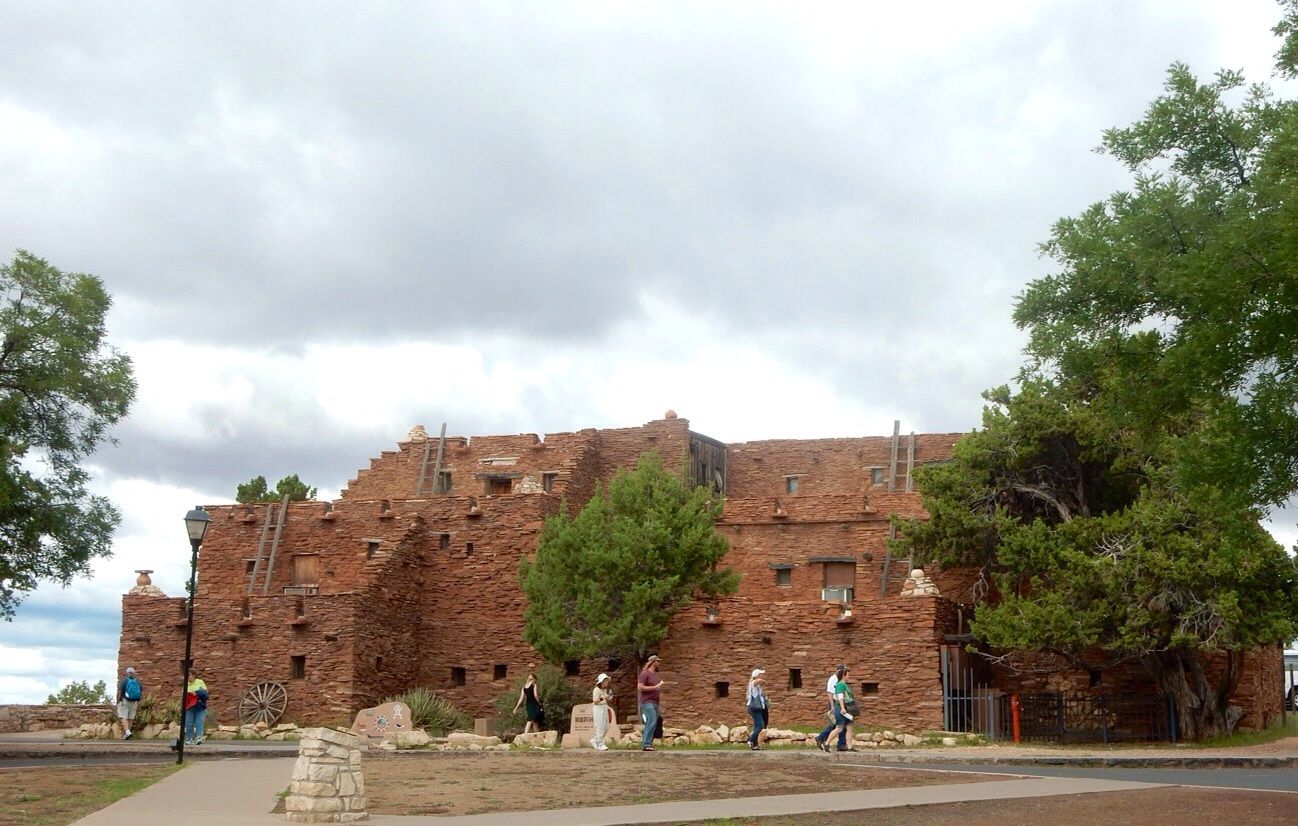
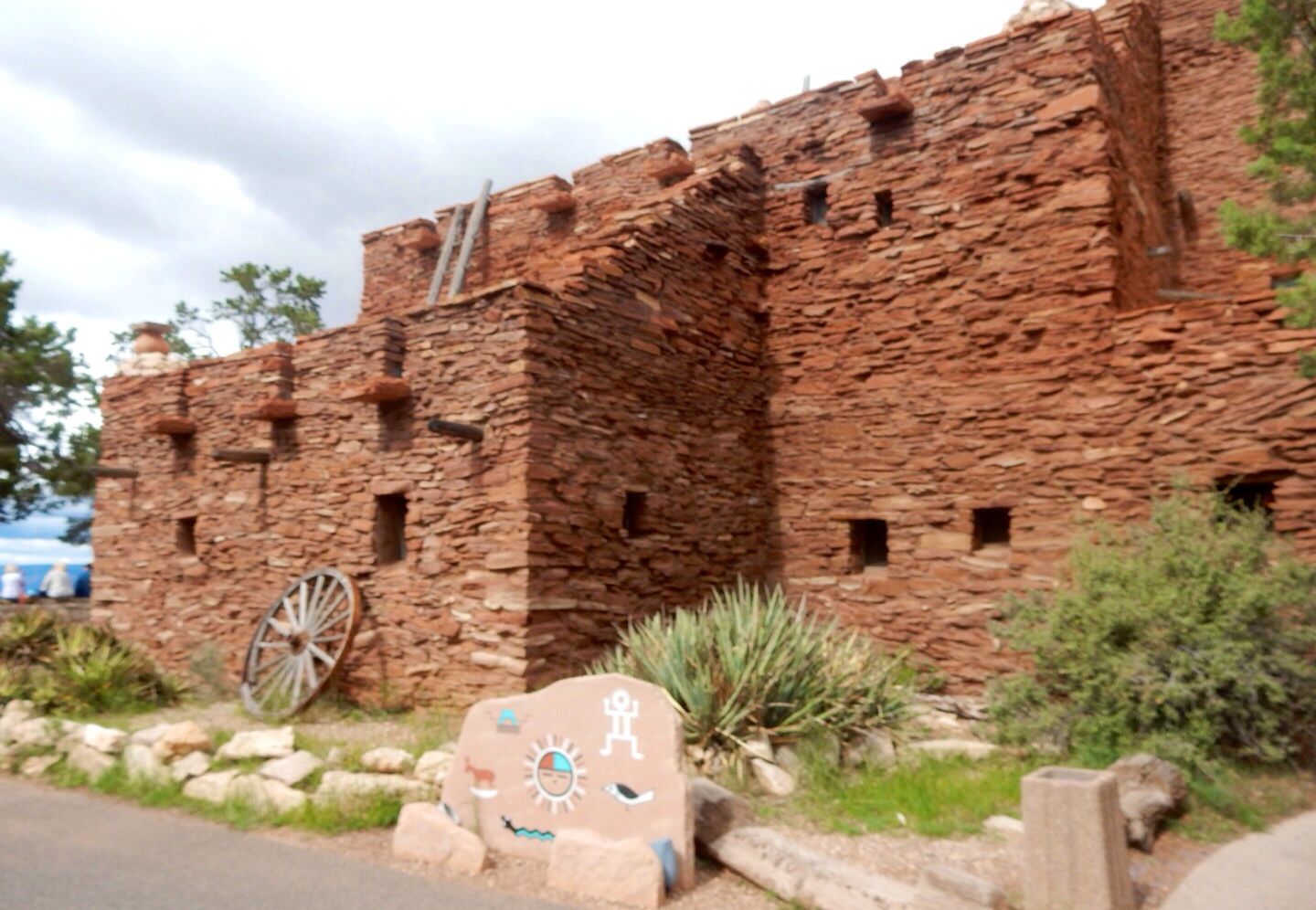

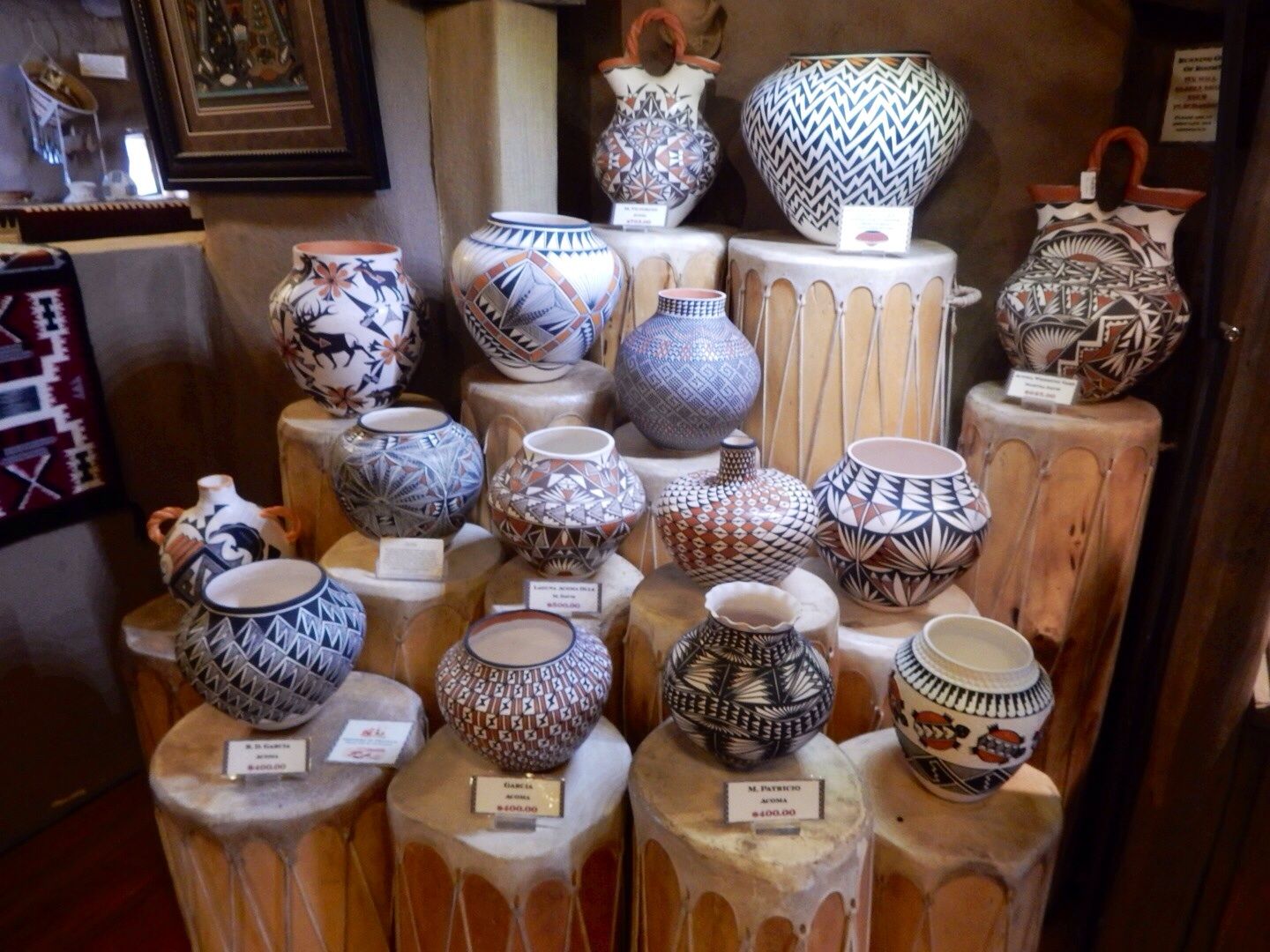
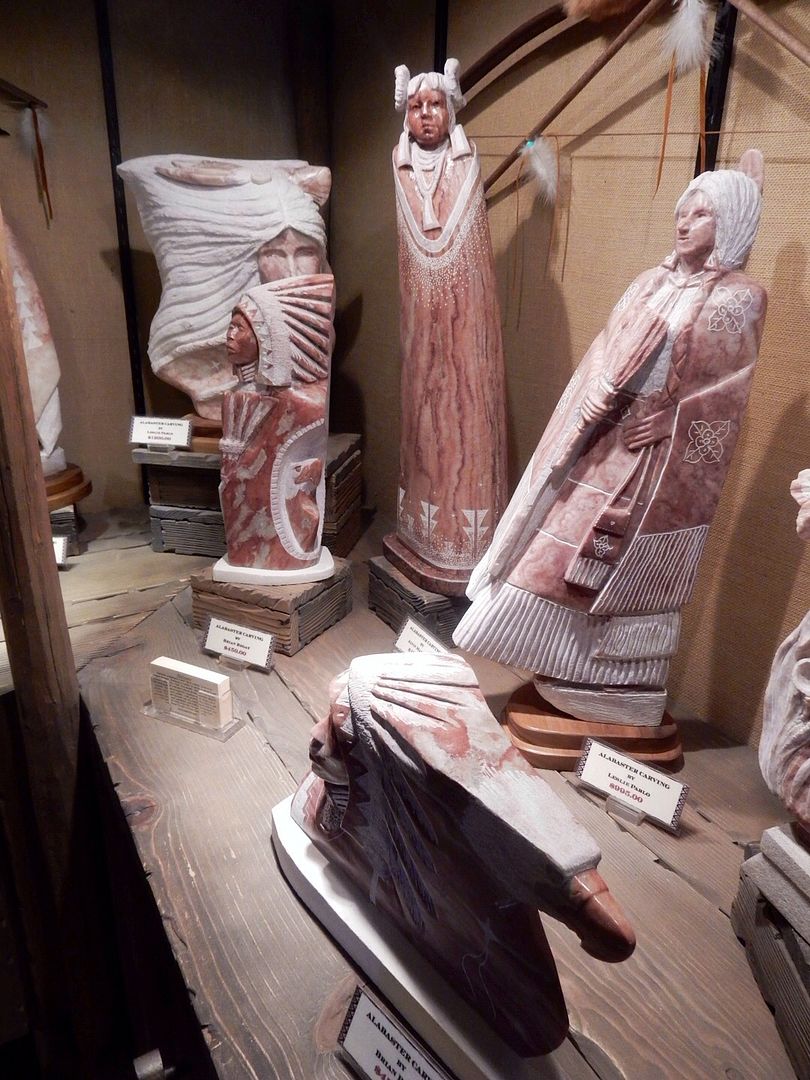
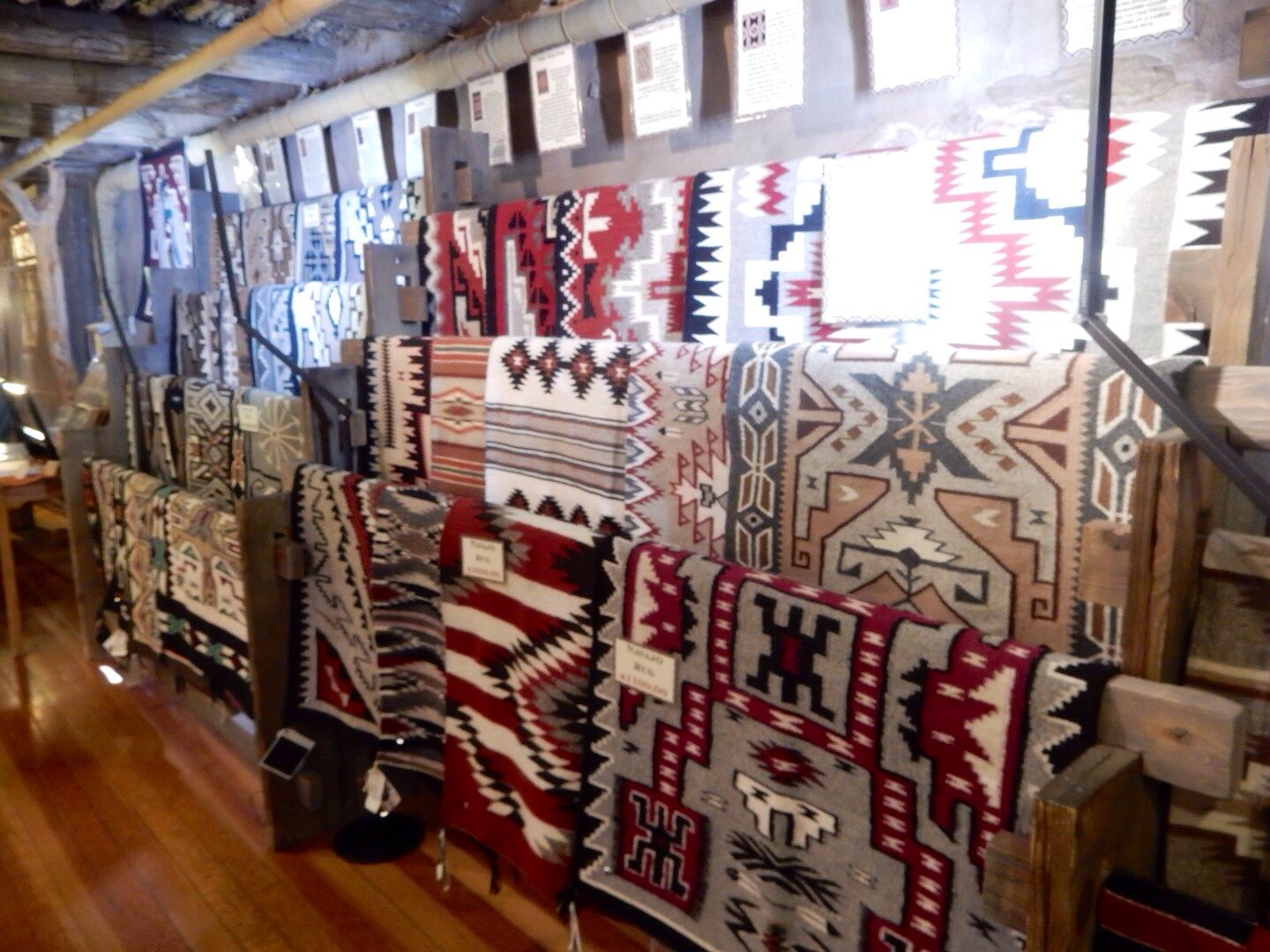

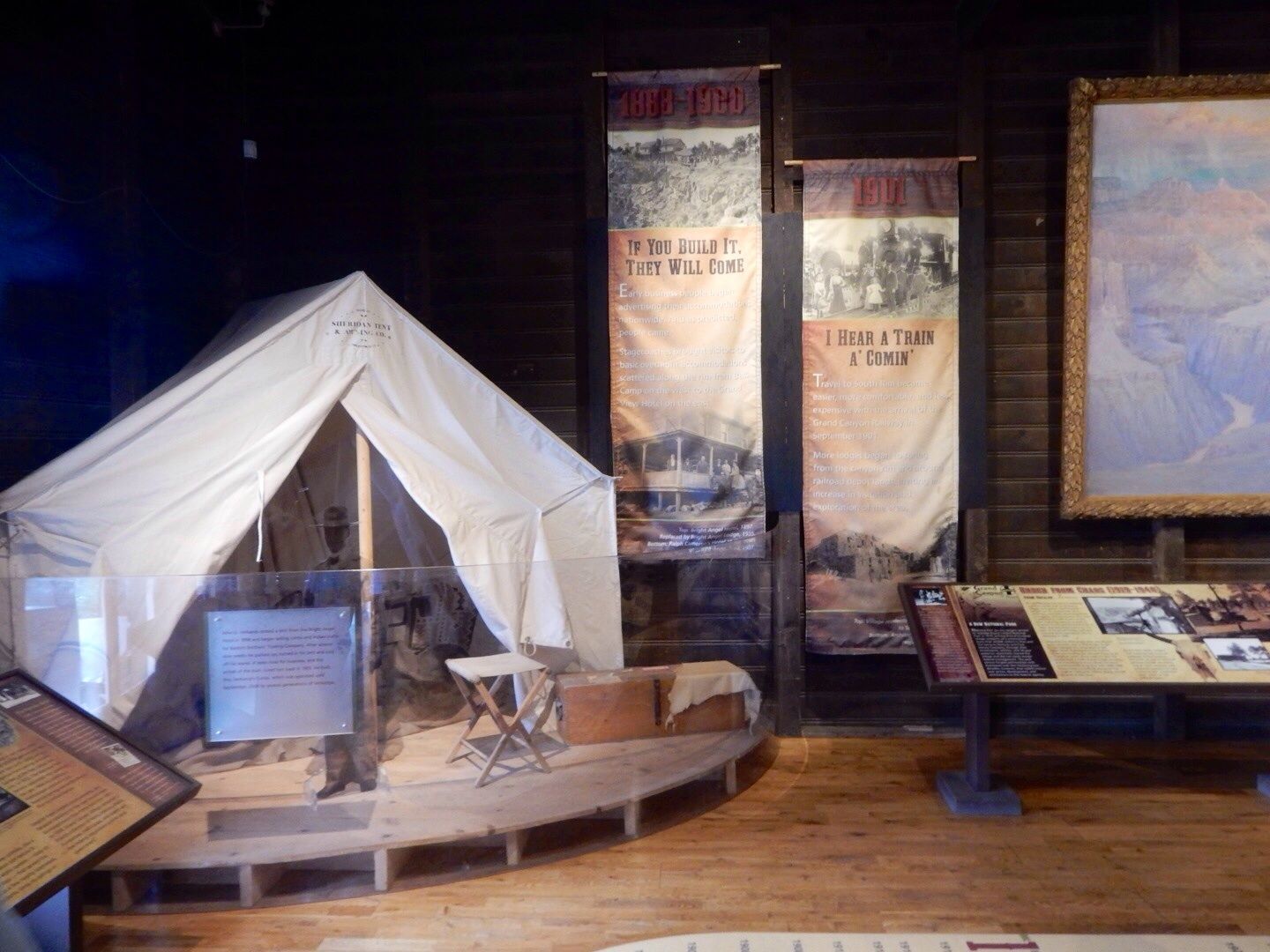
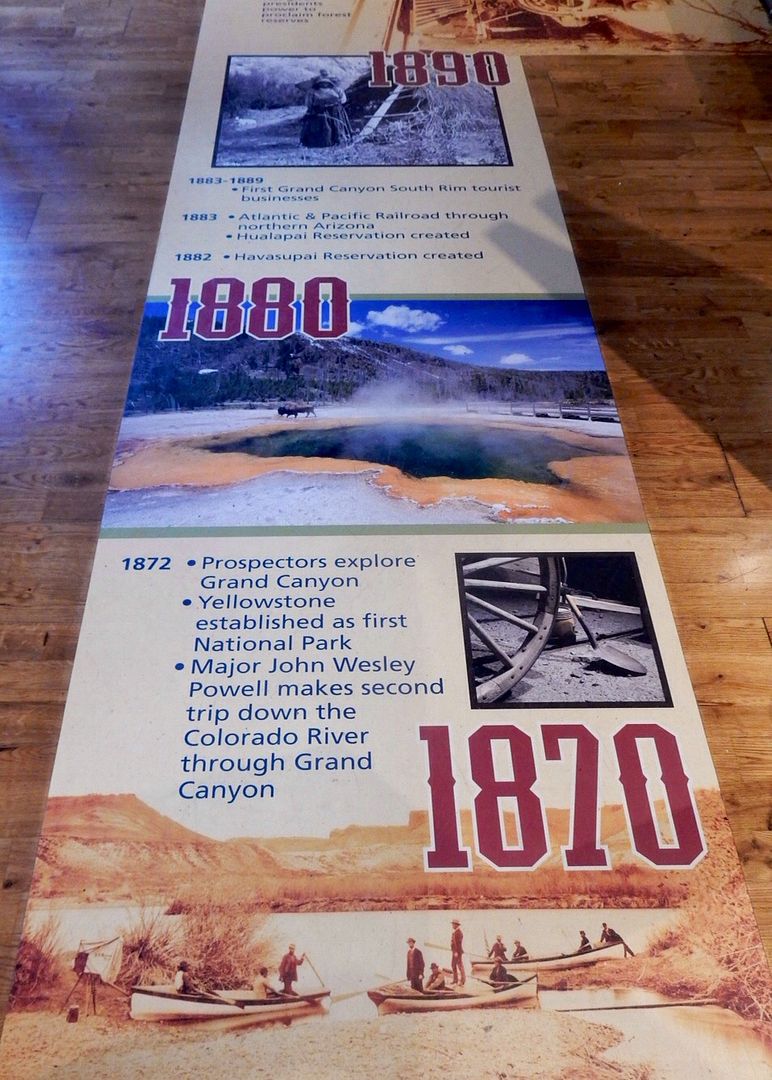



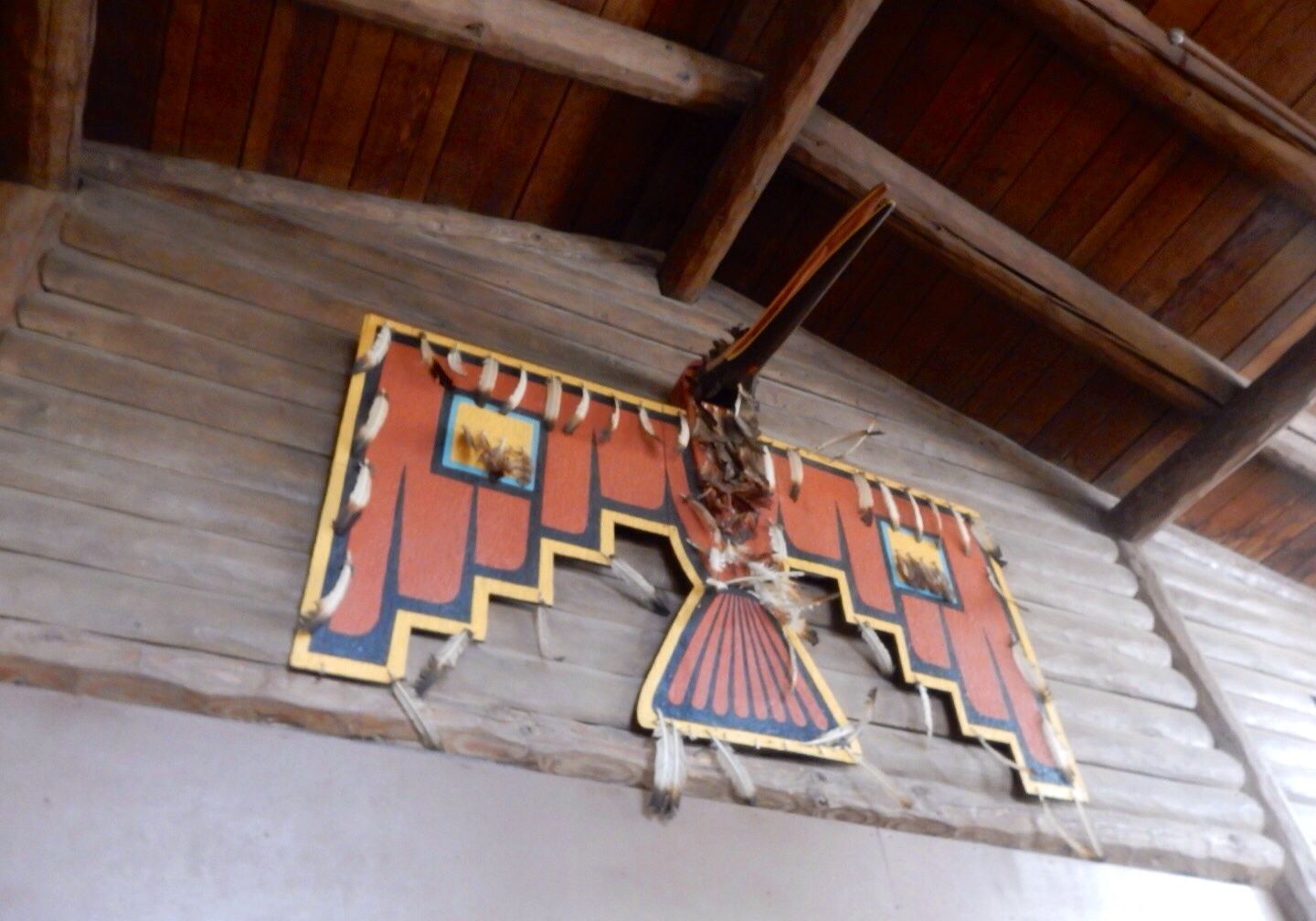
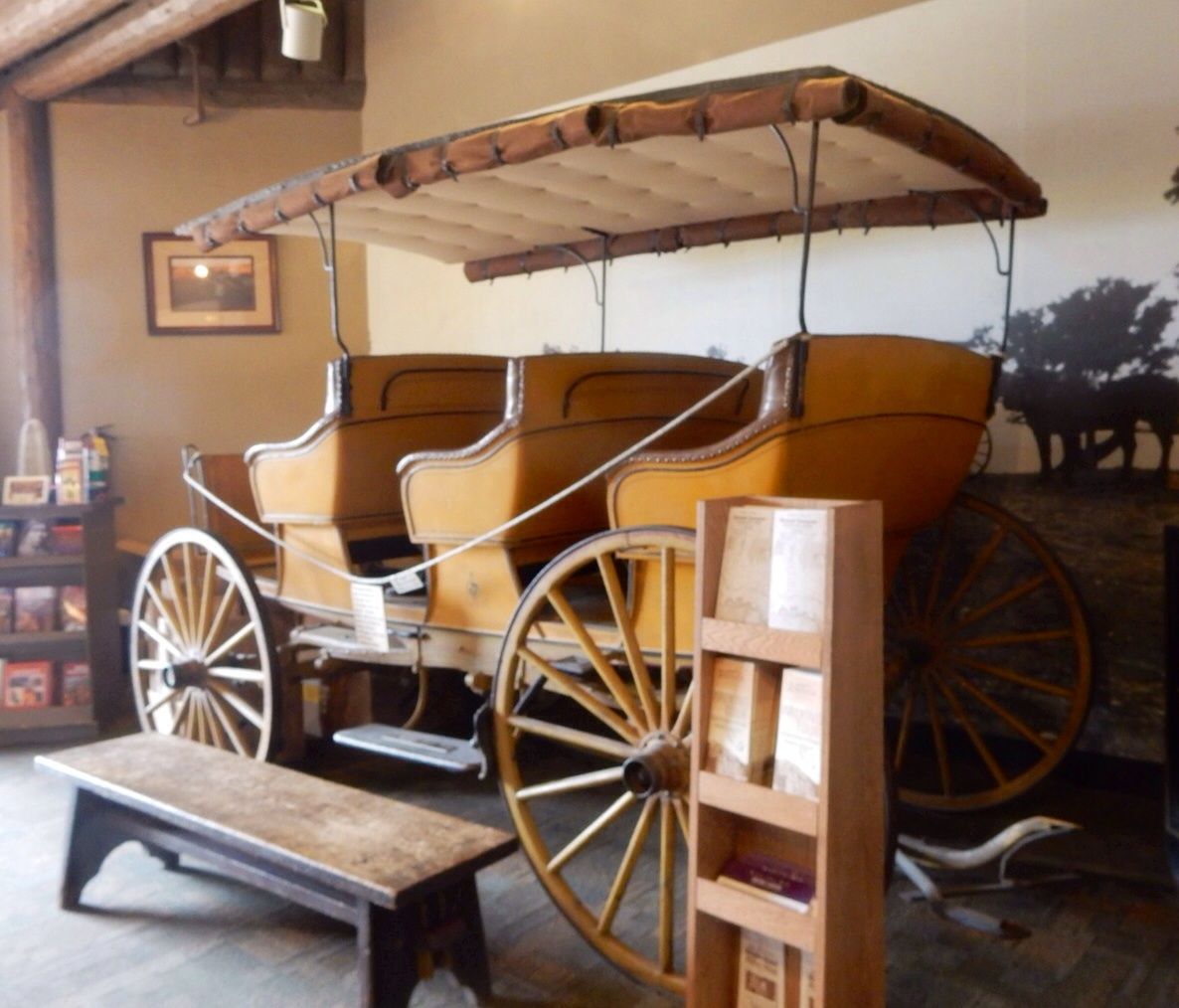

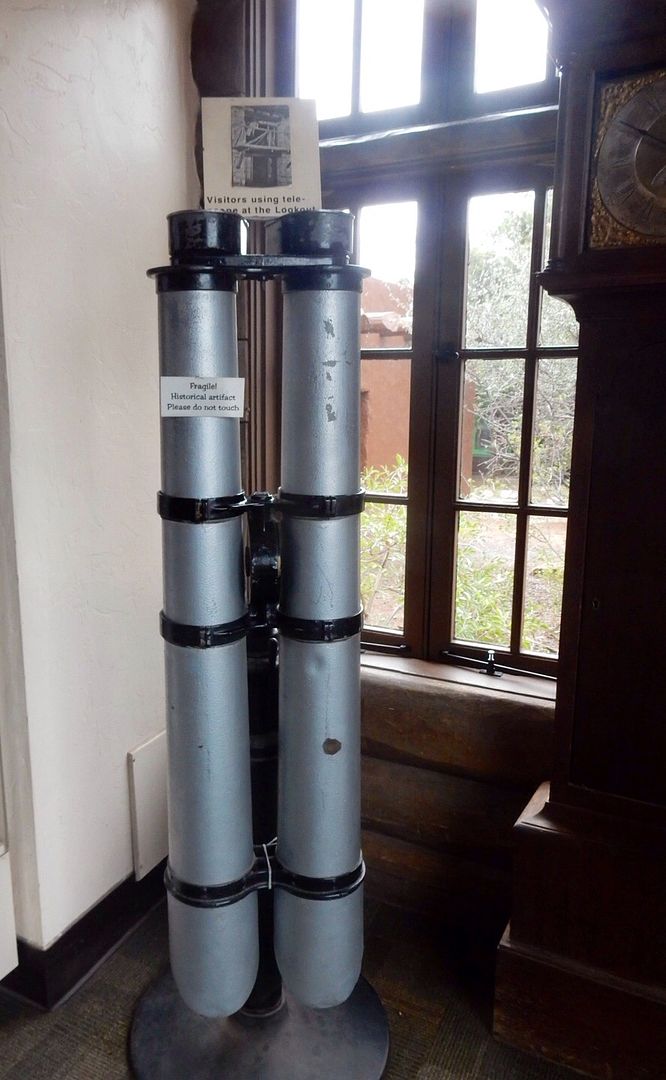
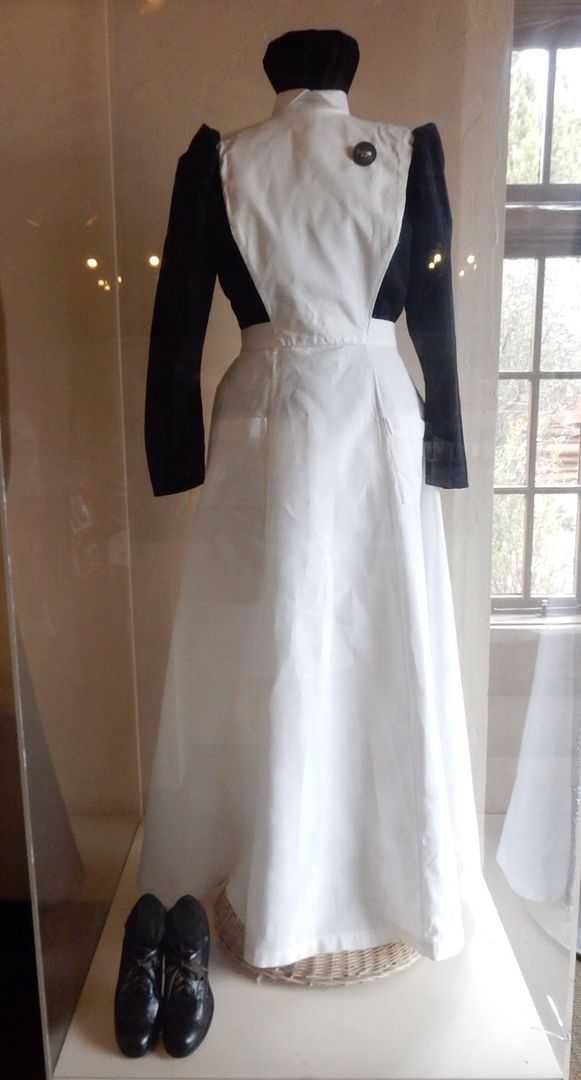


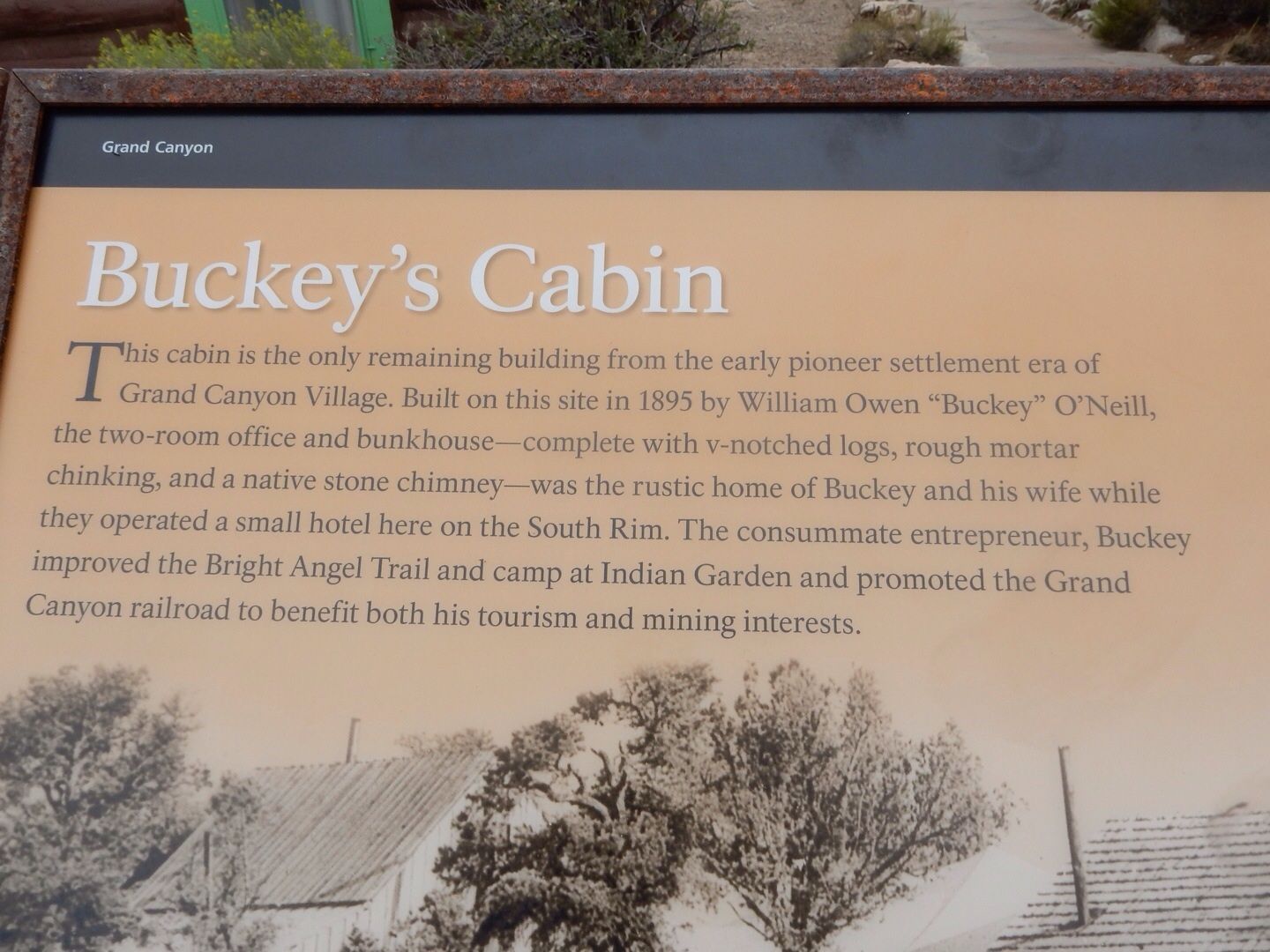
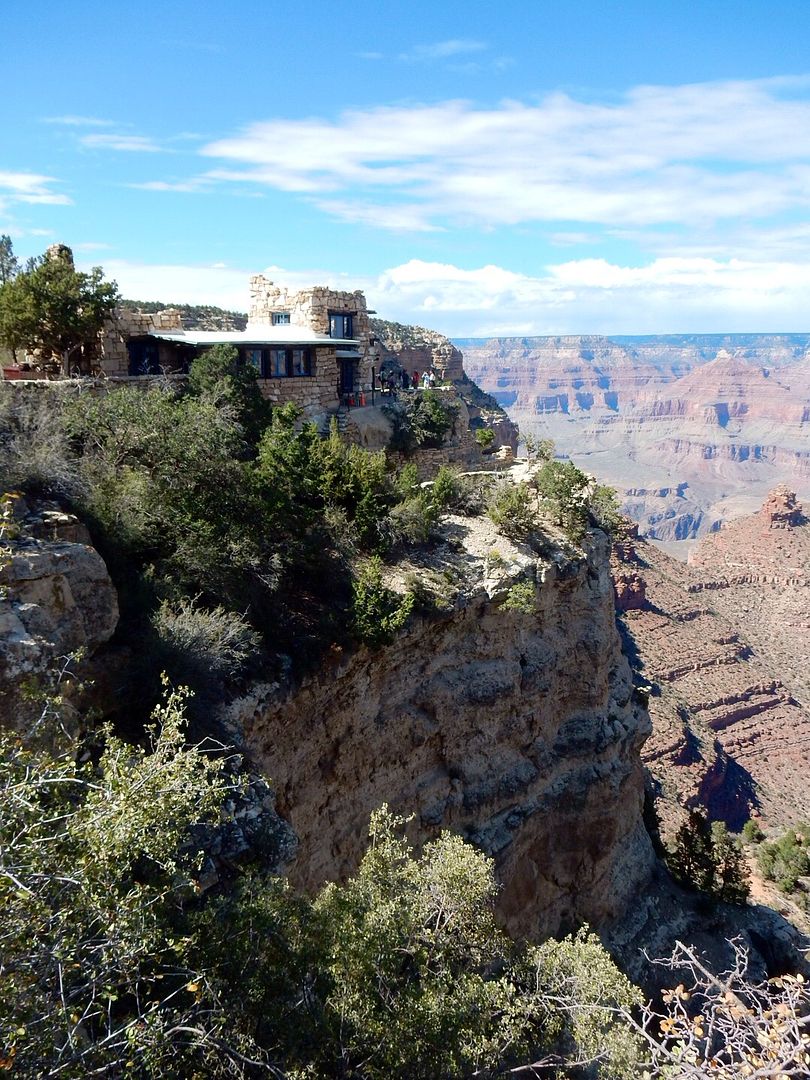
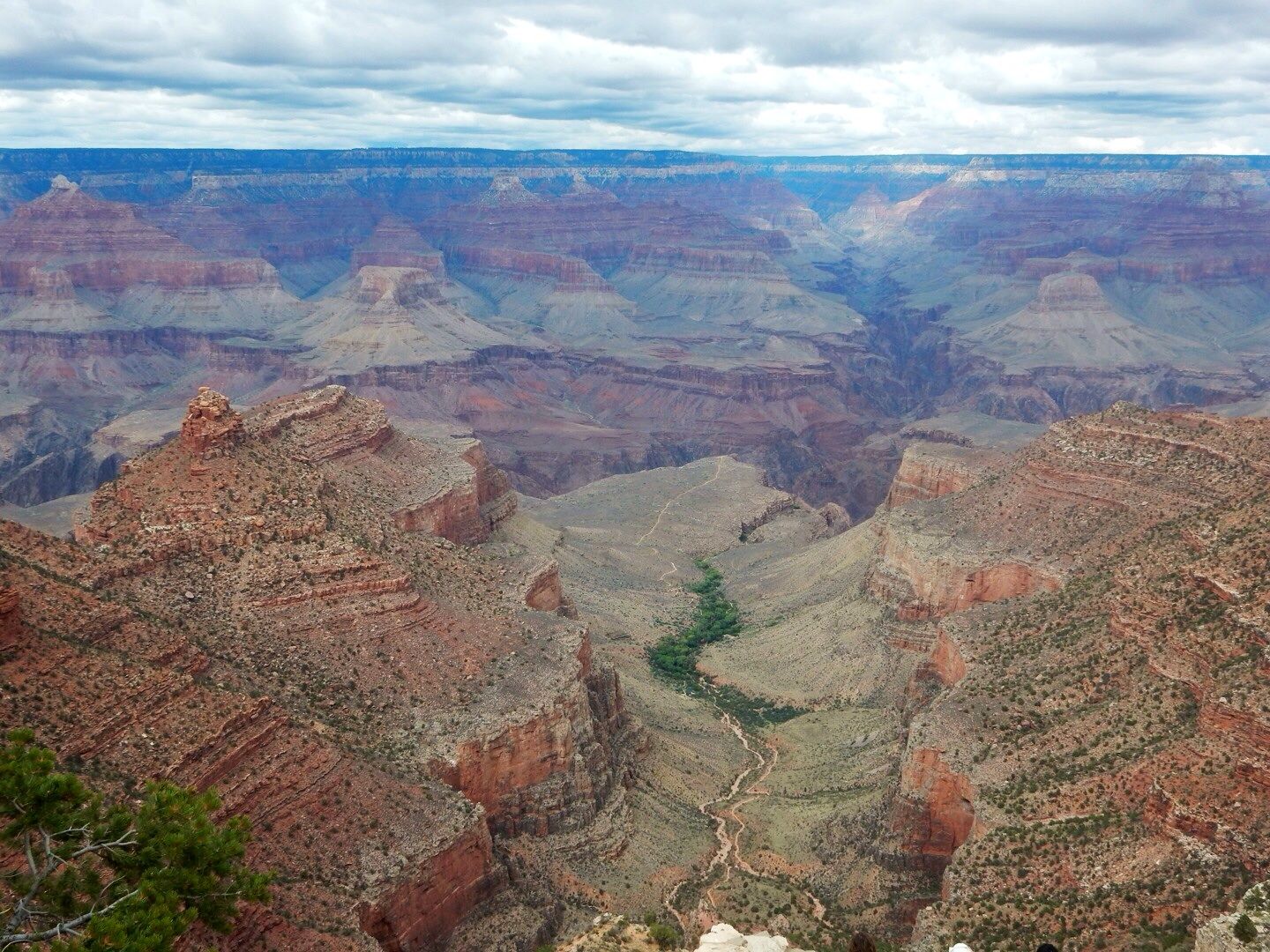

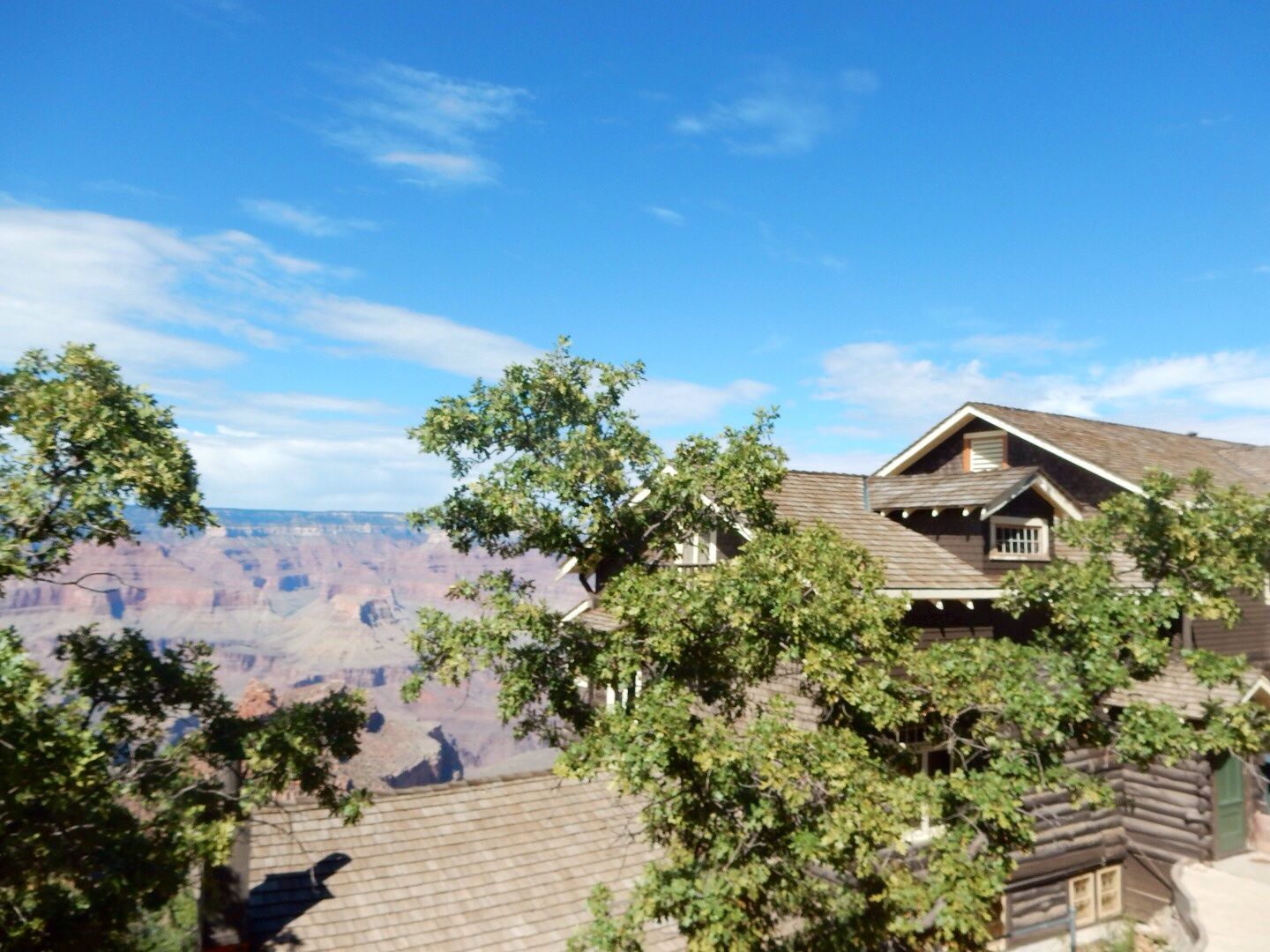

No comments:
Post a Comment